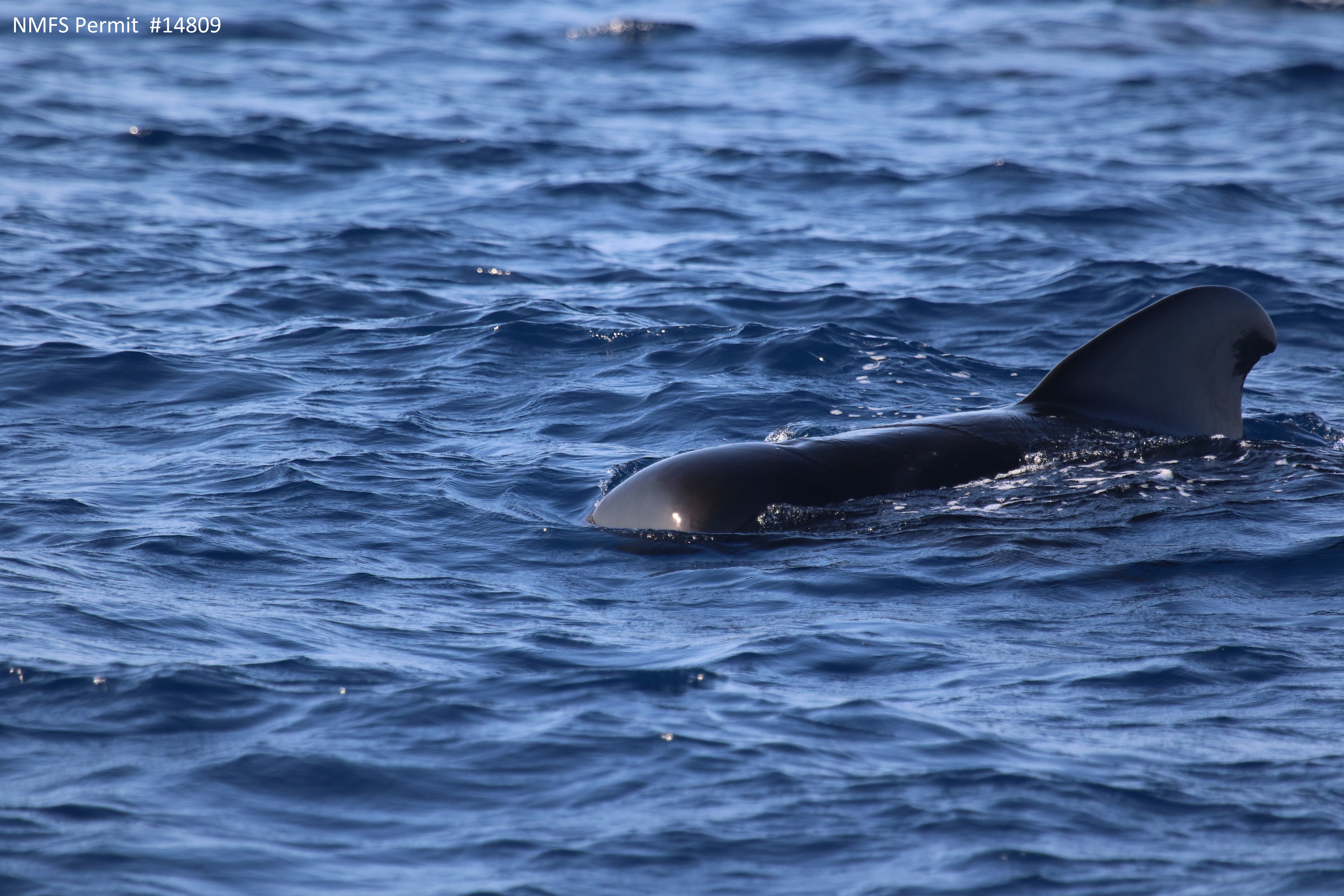

OCEARCH's fascinating online shark tracker currently shows 11 tagged sharks near Long Island, including a tiger shark, a hammerhead, a mako, and eight of the nine tagged, including little 4 1/2-foot Hampton, who surfaced near the Rockaways, opposite Rippers, yesterday afternoon. The shark pups' moms leave them behind and they are expected to linger in the area for about 20 years, until they mature. Young great whites aren't supposed to pose a risk to people, and in fact are vulnerable to becoming shark food themselves.įischer told WNYC that the relative abundance of young sharks shows that the local sea ecosystem is healthy. The predators play a crucial role in the ocean's food chain, lessening the spread of disease by eating weak and sick fish.

Great whites, like the thresher shark Executive Tough Guy Andrew Cuomo caught over the weekend, are considered by conservationists to be a vulnerable species, but aren't formally designated endangered by the feds. The whole process is limited to 15 minutes. Once out of the water, scientists worked quickly, drilling holes in the sharks' fins to attach tags, and performing a battery of other tests such as muscle biopsies. The crew brought in the sharks with lines from two boats and a special hydraulic platform.

#ExpeditionNY: Say hello to young-of-the-year 5ft 72lbs male white shark Manhattan! /9WJ8KhGFrl They caught nine.Ĭhris Fischer, founder of OCEARCH, told CBS that finding the nursery is "probably the most significant discovery we’ve ever made on the ocean."įischer told the network that Long Island's waters are "definitely the nursery, probably the birthing site" for great whites in the North Atlantic. The crew hoped to catch maybe two baby sharks in their time out. 2004), the distribution of some of the blue sharks caught by commercial fishermen is shown.Note that each symbol corresponds to many sharks, with the size of the symbol proportional to the total weight of the sharks as shown in the legend. In the map below (adapted from Campana et al. Also, OCEARCH tagged a 16-foot long female named Mary Lee back in 2012, and its return to New York this May suggested to them that she was coming to give birth. Blue sharks are common in Canadian waters, particularly in the summer and fall months. The idea for the group OCEARCH to look for young sharks near Long Island came in part from historical research that showed many four-foot long great whites being caught there over the last two centuries, which seems not to have happened anywhere else in the North Atlantic. Through a just-completed two-week research expedition off the South Shore of Long Island, researchers think they have discovered a great white nursery in New York's backyard, and possibly, what one called "the holy grail of the research": a birthing site. Nor was anyone certain where those in the North Atlantic spent their adolescence-the precise location of the School of Hard Rocks, if you will-until now. Great white sharks are globe-swimming creatures of the deep so mysterious that scientists don't know where or how they mate, and have never seen one give birth.


 0 kommentar(er)
0 kommentar(er)
